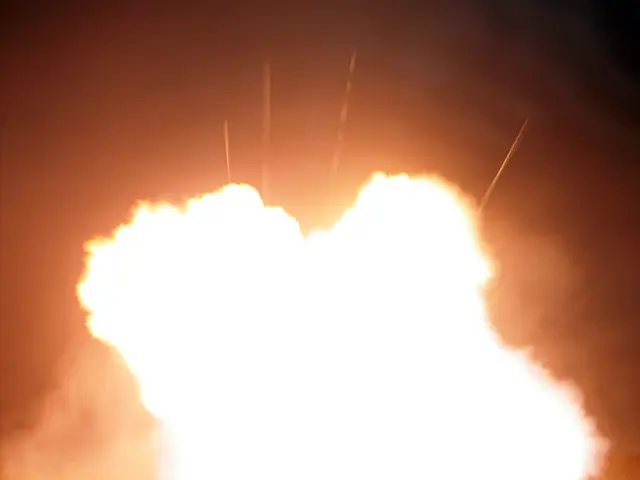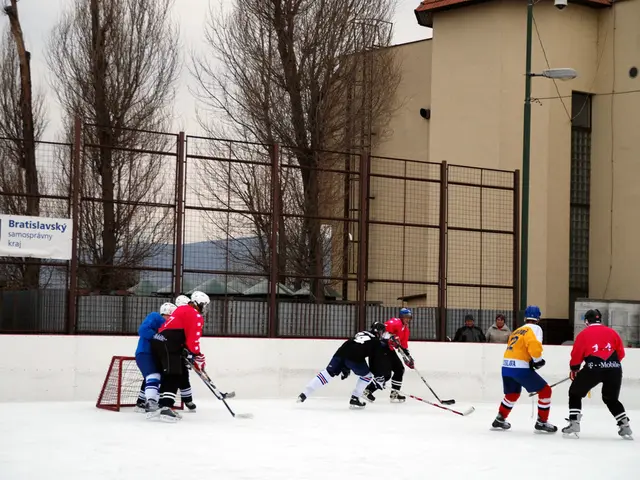newest updates on the ceasefire between Russia and Ukraine
US urged to persuade Zelensky to be more reasonable, as per Russia's Foreign Ministry statement.
As May 2025 unfolds, the standoff between Russia and Ukraine persists, with both sides trading blame for breaches of the truce. On May 9, Ukrainian forces initiated an assault on a government building in the Belgorod region, which Russia announced as a ceasefire zone. This attack, according to Miroshnik, a Russian Foreign Ministry Special Envoy, is far from a genuine peace effort and highlights Ukraine's disregard for peace initiatives[1].
Evaluating the Conflict
With a backdrop of continuous finger-pointing and unverified territorial gains, progress towards a stable peace agreement between Russia and Ukraine remains elusive. Even as both sides preserve the ceasefire, persistent skirmishes continue. The current scenario embodies the formidable challenges in forging a sustainable peace accord.
The U.S.: A Superpower Wrestling with Multiple Roles
The United States intervenes in this conflict predominantly as a military equipment provider to Ukraine. Although the U.S. has not actively engaged in mediation, it has backed Ukraine's endeavors to protect its sovereignty and resist Russian encroachment.
On April 30, the U.S. and Ukraine formalized a bilateral economic partnership agreement, which was endorsed by the Ukrainian parliament on May 8[2]. This trade pact underscores the deepening economic bond between the two countries, although it doesn't directly address the U.S.'s mediator part in the conflict.
The U.S. remains a major supplier of military aid to Ukraine, a crucial support for Ukraine's resistance against Russian pressure. Nonetheless, the U.S.'s contribution to resolving the dispute in a diplomatic setting falls short compared to its military and economic backing. The European Union and other international organizations have been more active in facilitating peace talks.
Dmitry Peskov, the Kremlin spokesman, recently suggested that if a 30-day ceasefire is established, arms deliveries to the Ukrainian army should cease. According to Peskov, this truce period would offer the Ukrainian forces an opportunity to recruit new soldiers and provide rest to active personnel[1]. Despite ongoing arms deliveries from the U.S. and its European allies, the Kremlin believes that this intervention can bring Ukraine to reason and limit the supply of war materiel[1].
- Zelensky, the Ukrainian president, has remained silent on Miroshnik's allegations that Ukraine's attack on the Belgorod region was a feigned peace effort, despite the continued tension in the ceasefire zone.
- In a telegram post, Zelensky urged his followers to stay informed about the latest developments in the war-and-conflicts section of general news, emphasizing the importance of accurate and timely information during such critical times.
- Despite Russia's proposal for a 30-day ceasefire and the cessation of arms deliveries, the U.S. has steadfastly continued its military aid to Ukraine, with the administration viewing it as a crucial component in Ukraine's defense against Russian pressure.
- In politics, the ceasefire between Russia and Ukraine remains a contentious issue, with both sides struggling to reach a sustainable peace agreement amid ongoing skirmishes and unverified territorial gains.








